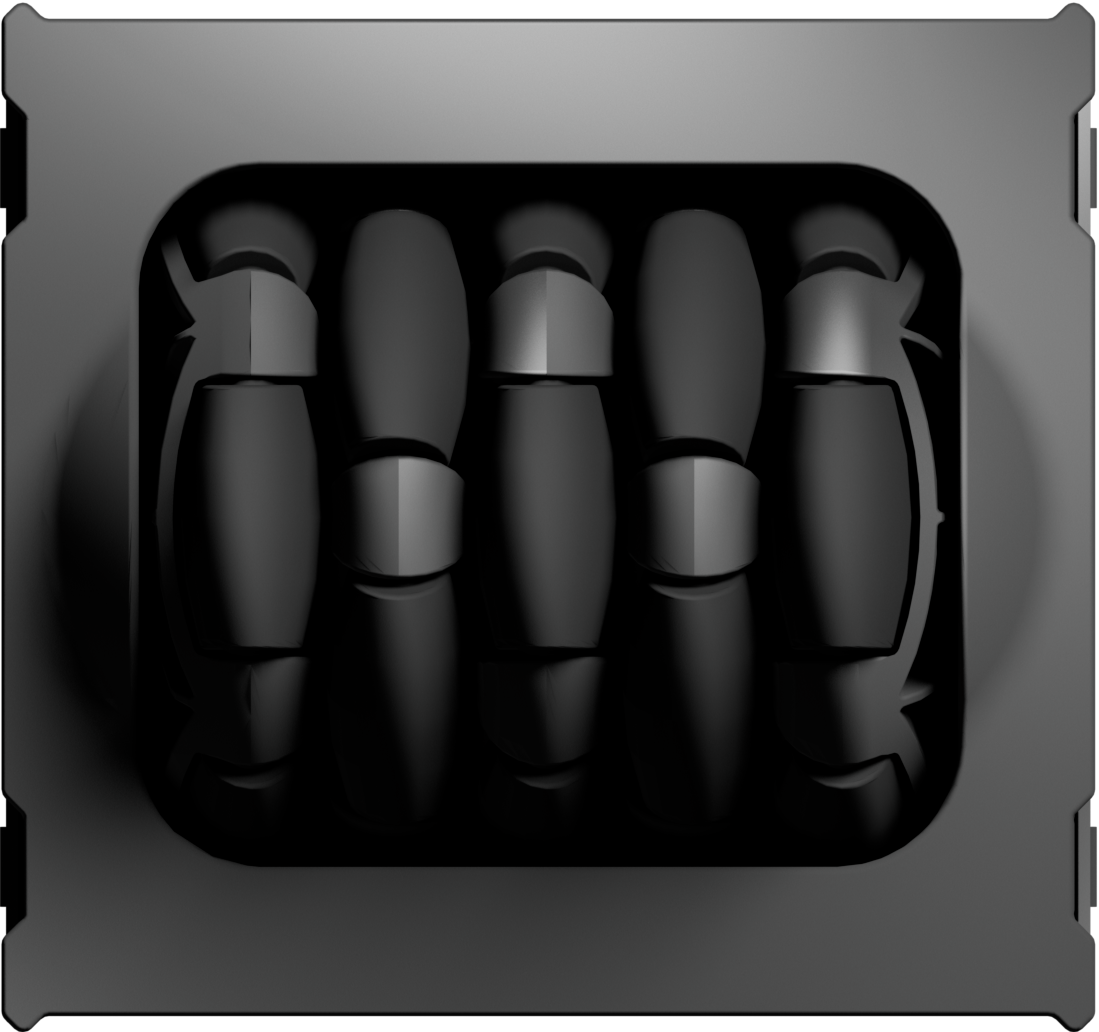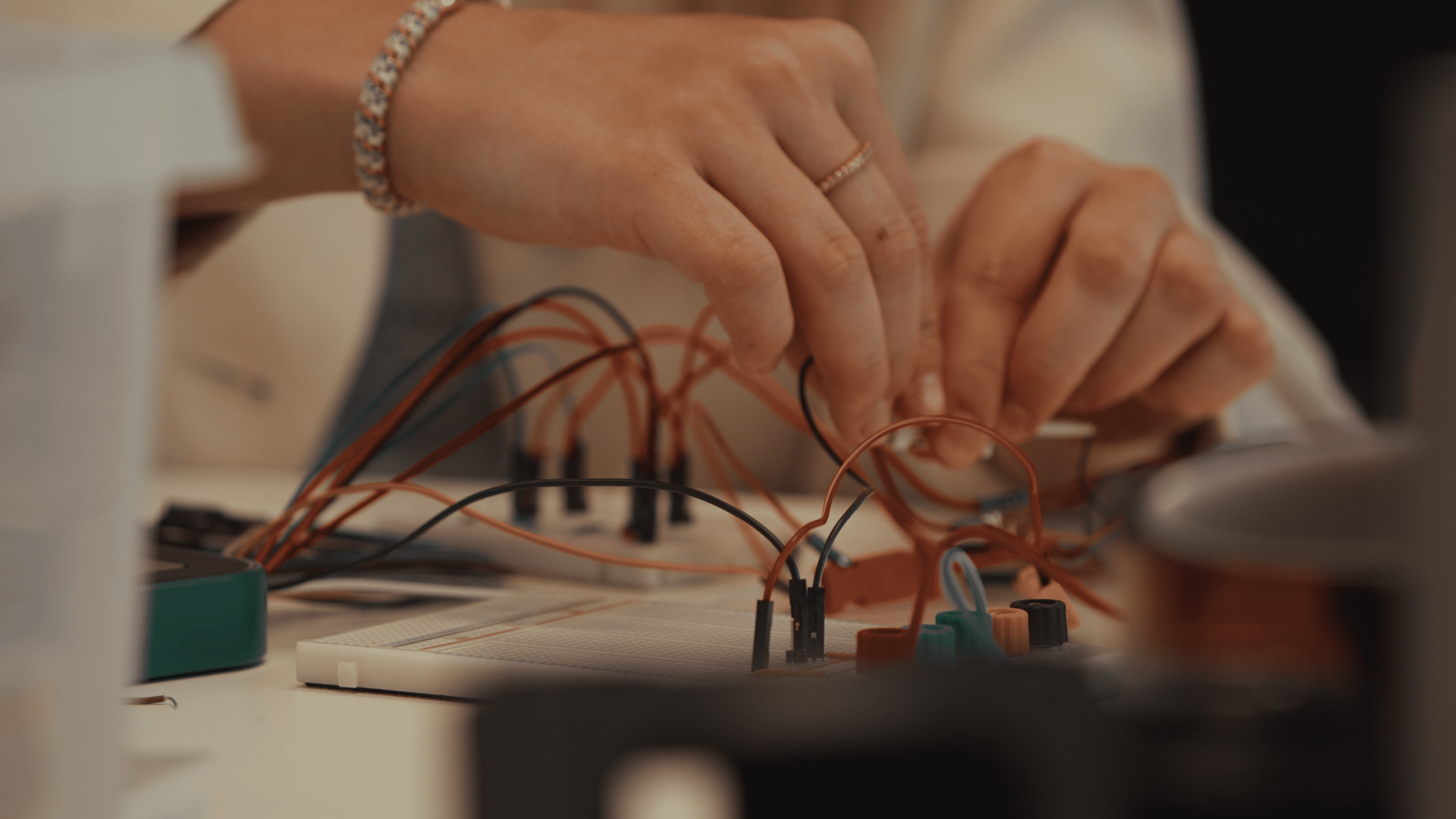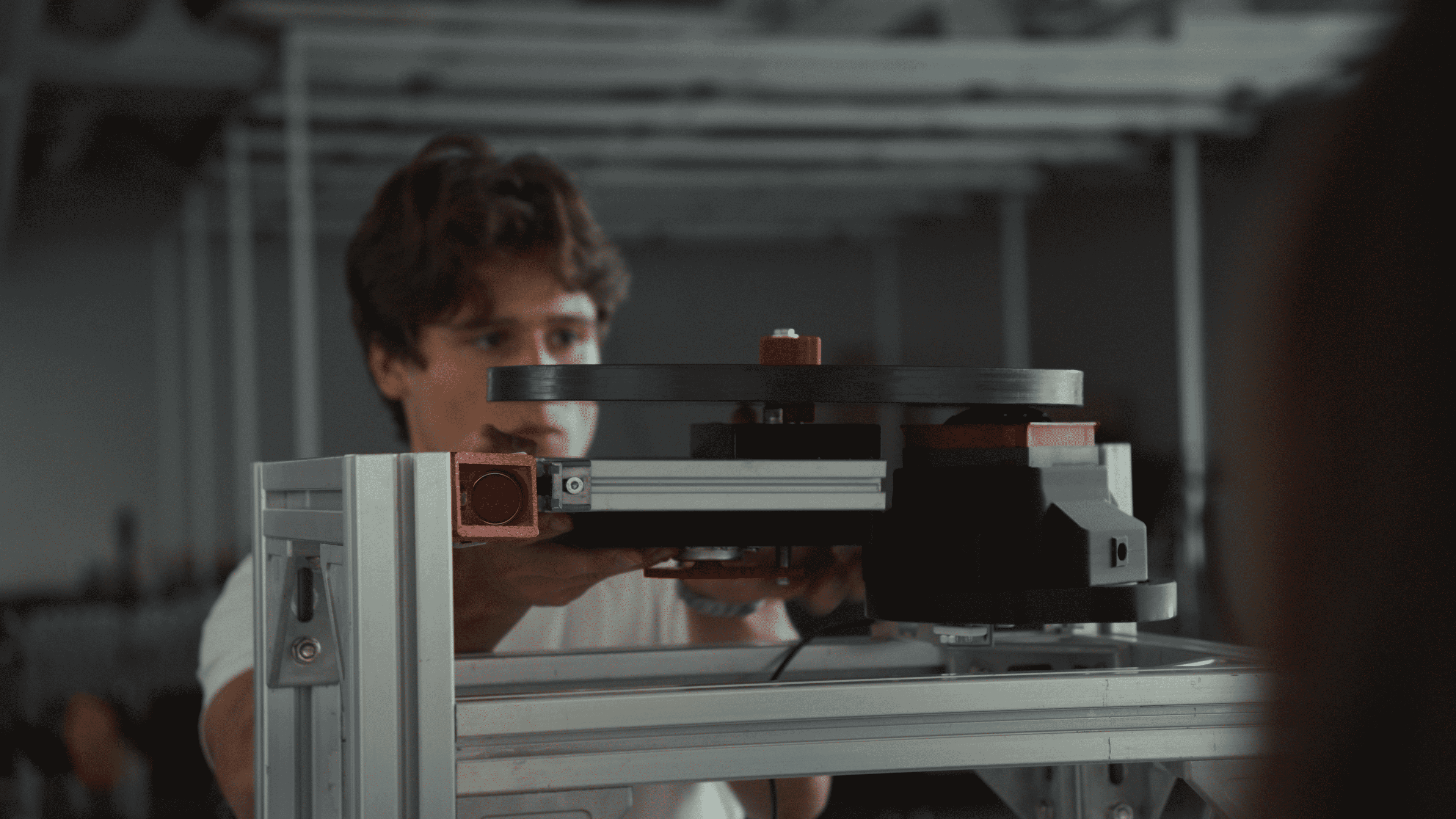Why stress testing?
Stress testing is a crucial part of ensuring that a system can perform reliably under real world warehouse conditions. By simulating long term usage in a short amount of time, we can observe how the system responds to repeated load, wear and operational stress. It gives a better understanding of when, why and how a failure occurs.
With that insight, the engineering team can make more data driven design decisions and better estimate the expected lifetime of the OmniUnit. This enables enhanced planning of preventive maintenance, more precise optimization of design margins and smarter selection of components. In short, lifetime data transforms guesswork into measurable, actionable insight that strengthens both current and future designs
From concept to testing: our process
We began by establishing the test requirements. What kind of motion do we want to simulate? What should we monitor? These were the types of questions that shaped our concept phase, where we explored both mechanical, electrical and software requirements and mapped out the scope of our project.
Together we defined a set of test goals and several stress tester concepts, which we presented to the engineering team in an internal concept review. Based on the feedback and alignment from that session, we moved forward with a refined design direction and divided tasks and responsibilities according to our backgrounds.
The electrical side focused on designing a PCB to read sensor data from the OmniUnit. The electrical system needed to meet several key requirements, such as the ability to apply an arbitrary RPM curve as defined by the test protocol, various power, temperature, vibration and load measurements.
The mechanical side focused on designing a physical test rig - a machine that could repeatedly test the OmniUnit under controlled loads and conditions. We needed a versatile machine that could simulate a variety of real world conditions. That included handling different types of packages, applying variable weight and resistance, introducing oscillating loads and creating sudden impacts.
With limited time and resources, we had to get creative with the design. We developed a system where the underside of a rotating disk simulates different types of packages. The rotation of the disk is driven directly by the omnidirectional wheel itself, creating realistic contact and movement patterns. The disk can be swapped with different surfaces, imitating different packages and boxes that are commonly used. Bumps can also be installed to simulate impacts. The disk is mounted on a hinged arm, allowing the weight on the arm to control the downward force on the omnidirectional wheel, whilst a rotary damper connected to the axle provides adjustable resistance to the rotation. By placing weight off-center on the disk, we can generate oscillating forces that simulate real-world, uneven loads.
The electronics are built on custom-designed PCBs, interfaced with a dedicated user interface (GUI) that allows operators to configure and execute various types of tests. With this sensor data, detailed information of the motor and the OmniUnit itself can be analyzed. Additionally, the omnidirectional wheel itself is mounted on two load cells to actively measure and validate the applied load. All of these worked in combination with the test protocol from the embedded side to log test data, read motor feedback and automate tests.





